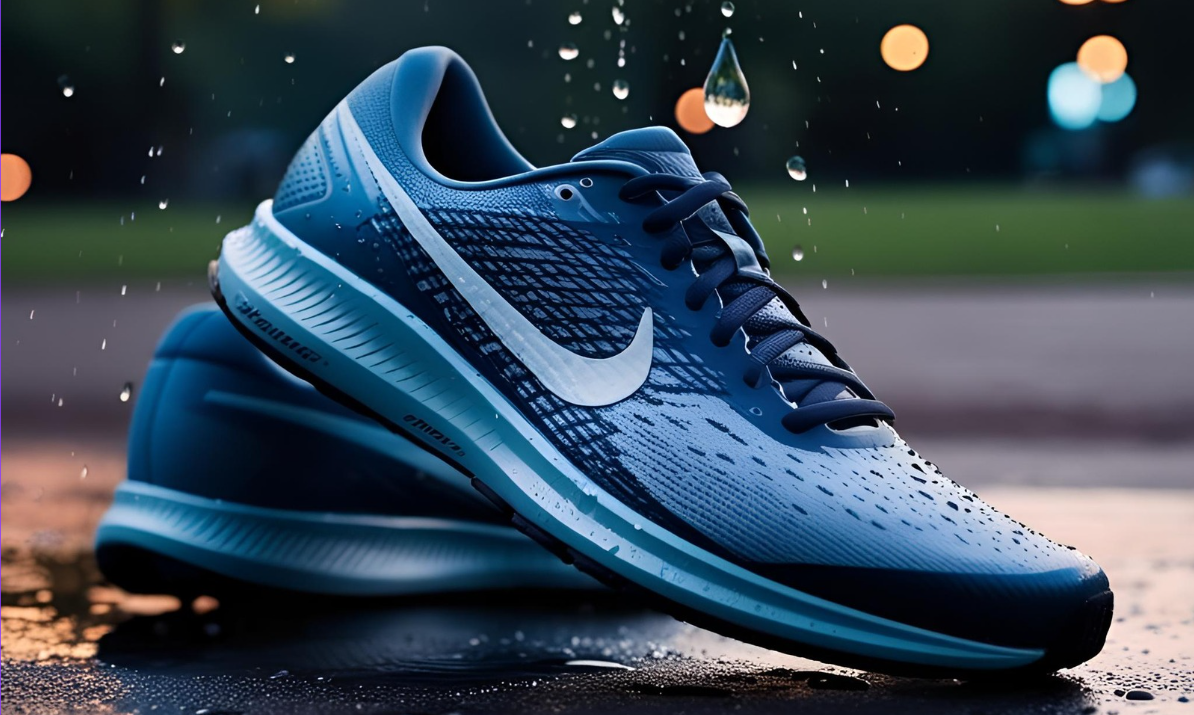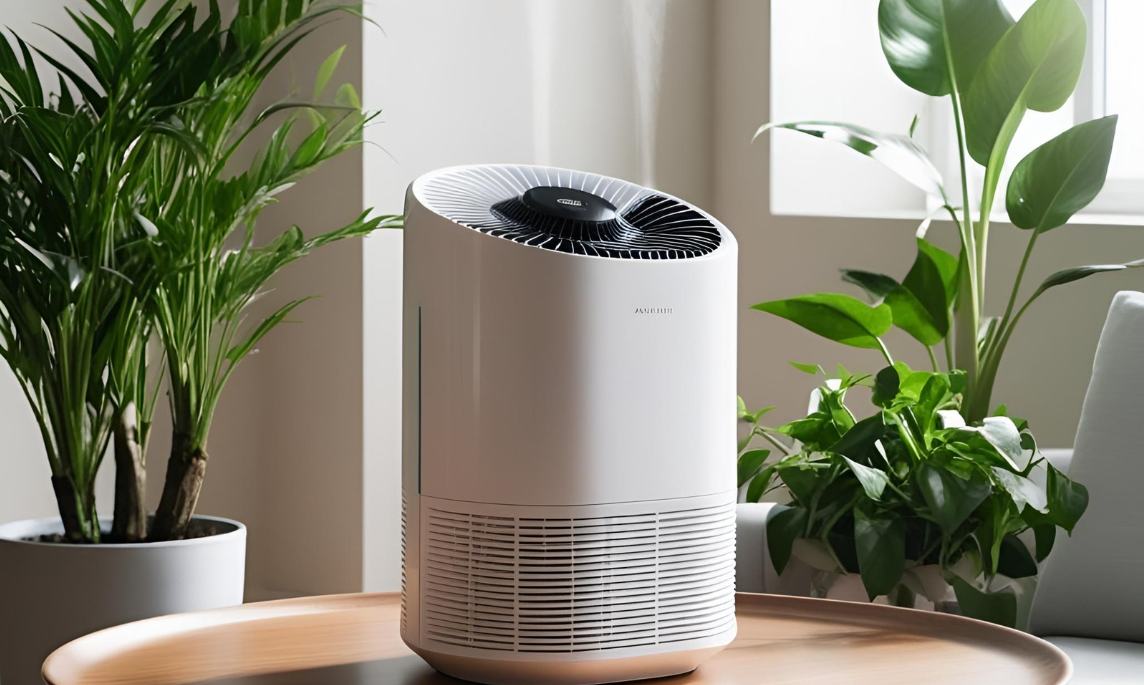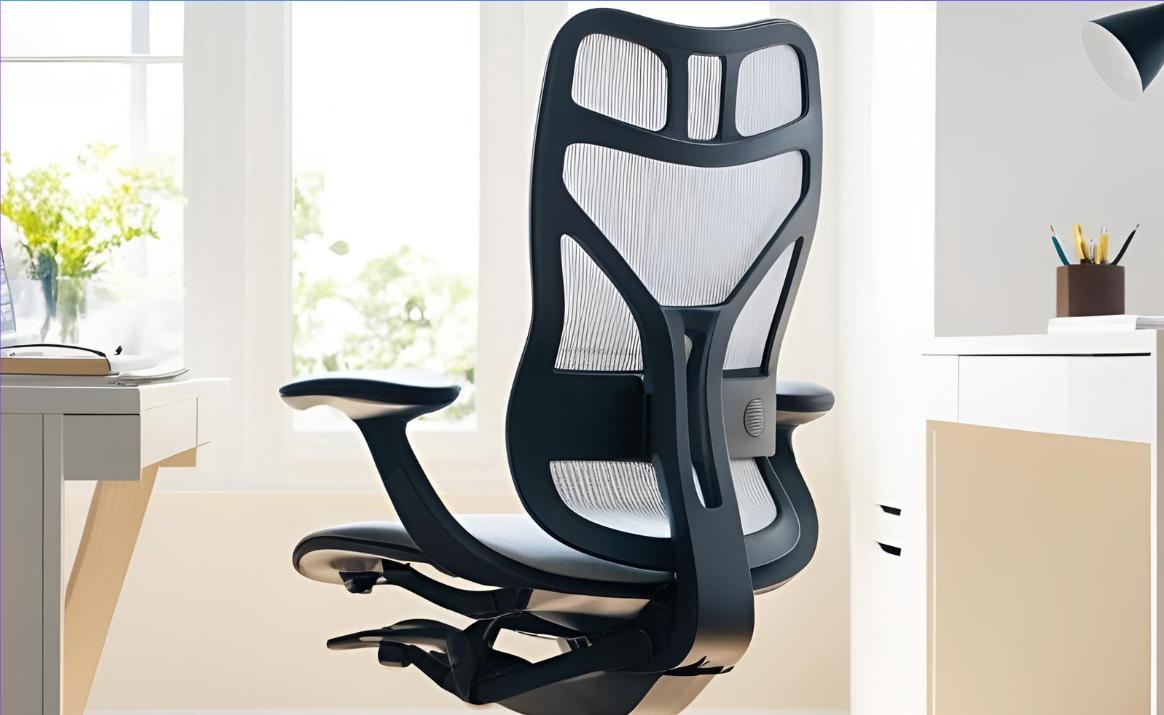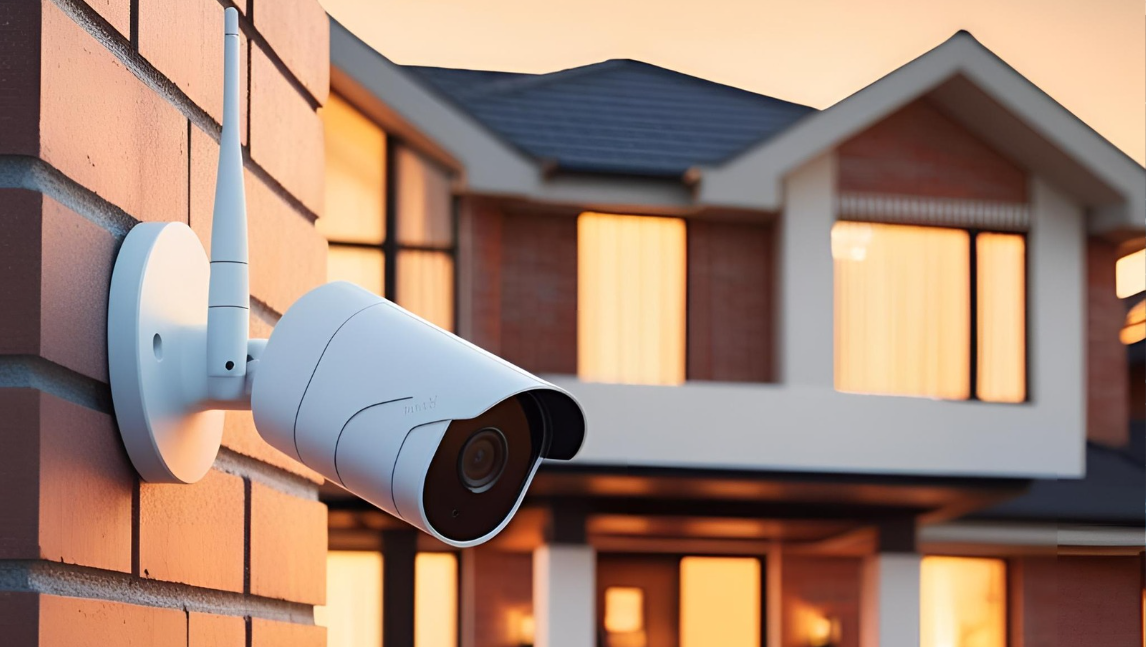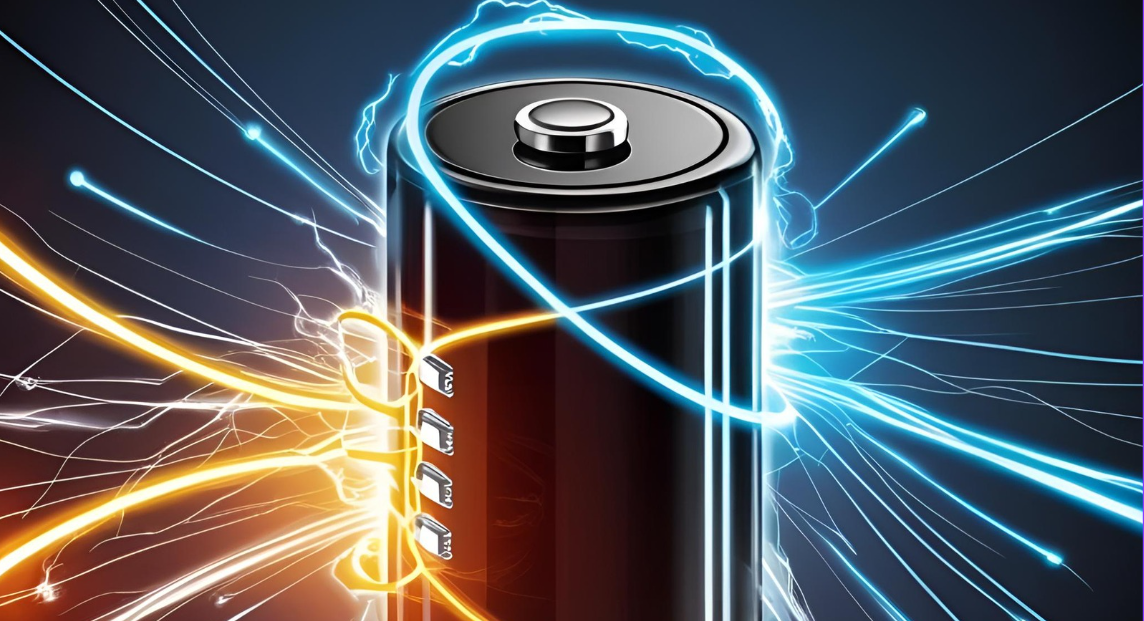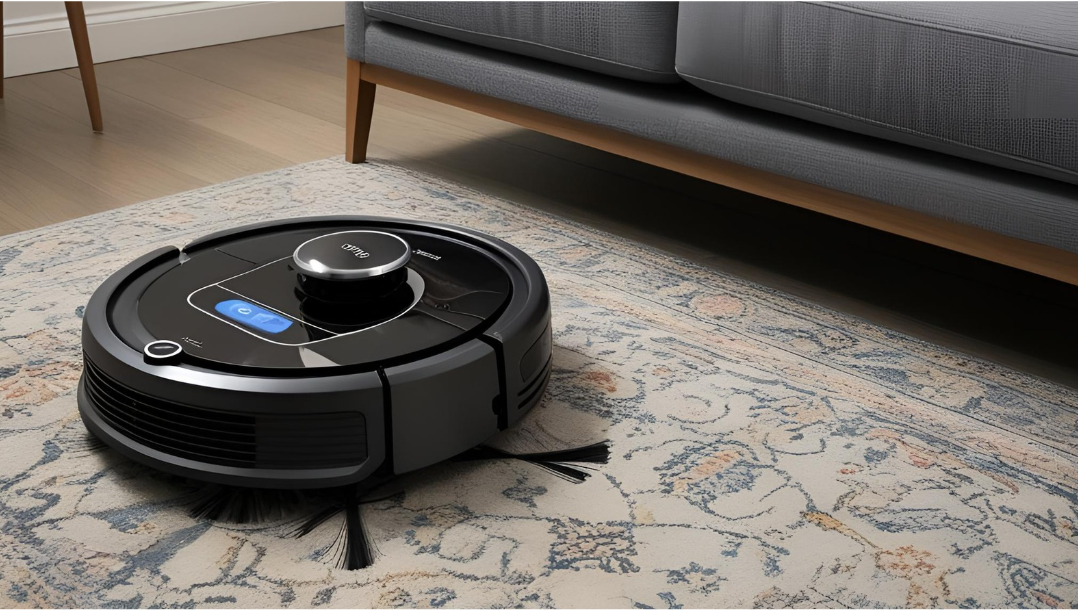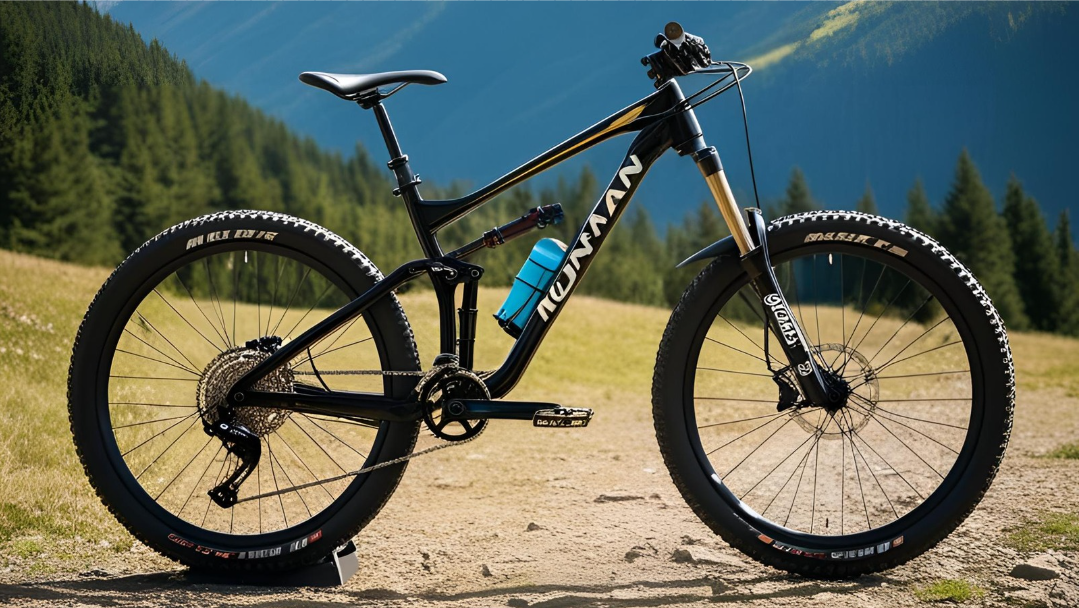Clean, safe drinking water stands as a fundamental necessity for every household. Yet municipal water supplies can contain various impurities—from harmless minerals that affect taste to concerning contaminants that pose health risks. Home water filtration systems offer an effective solution to these concerns, but navigating the numerous options available can quickly become overwhelming. This comprehensive guide breaks down the different types of water filtration systems, helping homeowners make informed decisions based on their specific needs, water quality issues, and budget constraints.
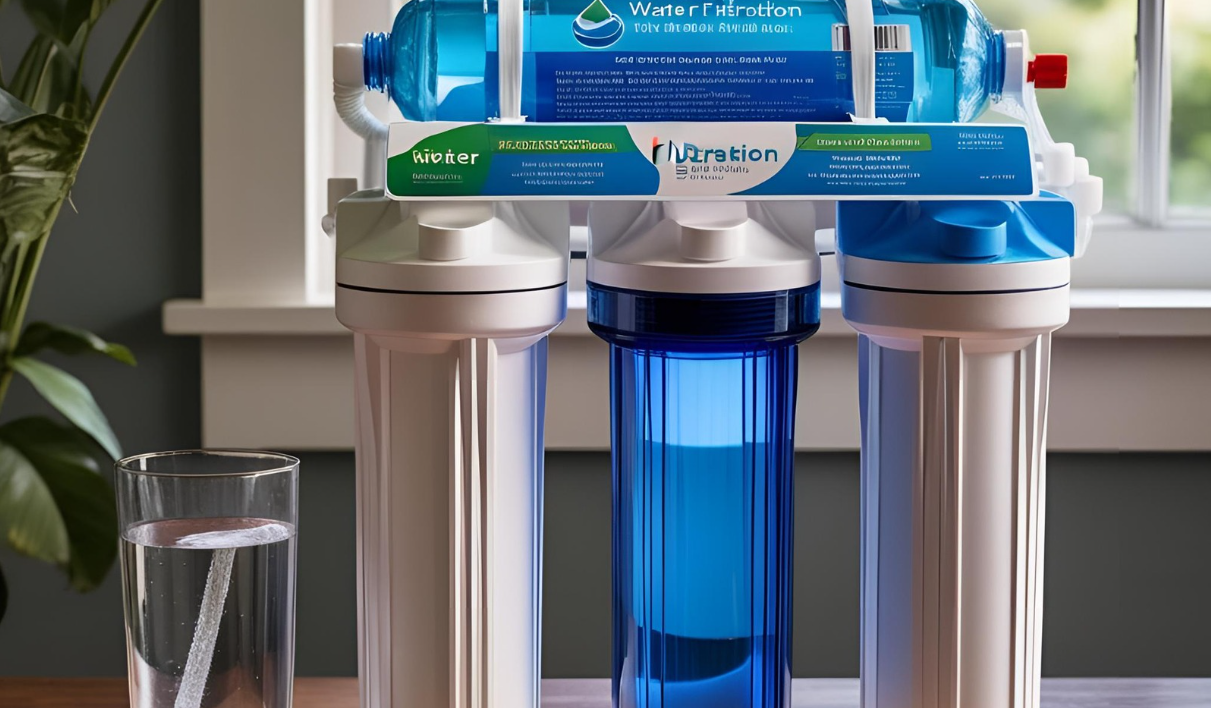
Understanding Your Water Quality
Before choosing a filtration system, homeowners should first identify the specific contaminants present in their water. This knowledge serves as the foundation for choosing an appropriate solution.
Common Water Contaminants
Different filtration systems target specific contaminants. Here are the most common water quality issues:
Sediment and Particulates
- Dirt, rust particles, and sand
- Causes cloudy appearance and gritty texture
- Generally harmless but unpleasant and can damage appliances
Chemical Contaminants
- Chlorine and chloramines (water treatment additives)
- Volatile organic compounds (VOCs)
- Pesticides and herbicides
- Industrial chemicals
- Pharmaceutical residues
Heavy Metals
- Lead (from old plumbing)
- Copper, mercury, and arsenic
- Can cause serious health issues with long-term exposure
Microbiological Contaminants
- Bacteria and viruses
- Parasites like Giardia and Cryptosporidium
- Can cause immediate illness, especially in vulnerable populations
Dissolved Minerals
- Calcium and magnesium (cause hardness)
- Iron (causes staining and metallic taste)
- Sulfur (creates unpleasant “rotten egg” odor)
Testing Your Water
Professional testing offers the most thorough and accurate evaluation of water quality concerns. Options include:
Municipal Water Reports
- Local water utilities publish annual Consumer Confidence Reports
- Free and accessible but may not reflect conditions specific to your home
- Covers regulated contaminants only
Home Testing Kits
- Available at hardware stores and online
- Test for common issues like hardness, pH, chlorine, and some metals
- Affordable but less comprehensive than professional testing
Professional Laboratory Testing
- Provides detailed analysis of numerous potential contaminants
- Most accurate and comprehensive option
- Costs typically range from $100-$300
Water testing reveals exactly which contaminants need addressing, preventing unnecessary treatment expenses and ensuring effective filtration.
Types of Water Filtration Systems
Water filtration systems are available in a variety of types, each offering its own set of benefits and drawbacks. Understanding these differences helps match the right system to specific household needs.
Point-of-Use vs. Whole-House Systems
The first decision involves choosing between systems that filter water at specific locations versus those that treat all water entering the home.
Point-of-Use Systems
- Filter water at specific locations (typically kitchen sink)
- Cost-effective for drinking and cooking water
- Examples include under-sink filters, countertop units, and faucet attachments
- Ideal for renters or those with limited budgets
Whole-House Systems
- Filter all water entering the home
- Protect plumbing, appliances, and fixtures
- Provide filtered water from every tap
- Require professional installation
- Higher initial investment but comprehensive protection
Major Filtration Technologies
Different filtration methods target specific contaminants. Many systems combine multiple technologies for comprehensive protection.
Activated Carbon Filtration
Activated carbon purifies through adsorption, where contaminants adhere to its extensive surface area.
Strengths:
- Highly effective at eliminating chlorine, VOCs, pesticides, and other harmful chemicals
- Improves taste, odor, and clarity
- Relatively affordable
- Available in various forms (block, granular, etc.)
Limitations:
- Does not remove dissolved minerals or salts
- Cannot remove most heavy metals effectively
- Requires regular filter replacement
- Not effective against bacteria or viruses
Best For:
- Improving taste and odor
- Removing common chemical contaminants
- Point-of-use applications
Reverse Osmosis (RO) Systems
Reverse osmosis pushes water through a semi-permeable membrane, which blocks contaminants but lets water molecules pass through.
Strengths:
- Removes up to 99% of dissolved contaminants
- Effective against heavy metals, salts, and minerals
- Reduces bacteria and viruses
- Comprehensive contaminant removal
Limitations:
- Wastes water
- Removes beneficial minerals along with contaminants
- Slow filtration process requires storage tank
- Requires adequate water pressure to function properly
Best For:
- Comprehensive water purification
- Homes with significant contamination concerns
- Point-of-use applications (typically under-sink)
Ion Exchange Systems
Ion exchange systems replace undesirable charged particles (ions) with more favorable ones.
Strengths:
- Excellent for water softening (removing calcium and magnesium)
- Effective against certain heavy metals
- Long-lasting when properly maintained
- Treats large water volumes efficiently
Limitations:
- Limited effectiveness against non-ionic contaminants
- Adds sodium to water (potential health concern for some people)
- Requires regular maintenance and regeneration
- Can be costly to operate
Best For:
- Hard water treatment
- Whole-house applications
- Homes with significant mineral concerns
Ultraviolet (UV) Purification
UV systems use ultraviolet light to destroy the DNA of microorganisms, preventing reproduction.
Strengths:
- Highly effective against bacteria, viruses, and parasites
- No chemicals added to water
- Low operating costs
- No change to water taste or composition
Limitations:
- No effect on chemical contaminants, heavy metals, or minerals
- Requires pre-filtration for turbid water
- Effectiveness depends on proper maintenance and lamp replacement
- Requires electricity to operate
Best For:
- Microbiological contamination concerns
- Complementing other filtration methods
- Well water systems prone to bacterial contamination
Sediment Filtration
These mechanical filters remove particles such as dirt, rust, and sand.
Strengths:
- Removes visible particles and sediment
- Protects other filtration components
- Extends appliance lifespan
- Simple and affordable
Limitations:
- Only removes physical particles
- No effect on dissolved contaminants
- Requires regular replacement depending on water quality
- Multiple micron ratings available for different needs
Best For:
- Pre-filtration before other treatment methods
- Protecting appliances and plumbing
- Homes with visibly cloudy or particle-filled water
Popular System Configurations
Multiple technologies often combine to create comprehensive filtration solutions.
Under-Sink Systems
Installed in the cabinet beneath kitchen or bathroom sinks, these systems provide filtered water through a dedicated faucet.
Common Types:
- Reverse osmosis systems with multi-stage filtration
- Carbon block systems
- Combination systems with sediment, carbon, and specialized media
Advantages:
- Hidden from view
- Dedicated dispenser for filtered water
- Multiple filtration stages possible
- Moderate installation difficulty
Considerations:
- Takes up cabinet space
- May require plumbing modifications
- Typically filters cold water only
Countertop Filters
These units connect to the existing faucet or stand alone with their own reservoir.
Common Types:
- Carbon block filters
- Gravity-fed systems
- Portable purifiers
Advantages:
- No permanent installation required
- Visible filtration process
- Easy to move or take when relocating
- No plumbing modifications needed
Considerations:
- Takes up counter space
- Limited filtration capacity
- May not be aesthetically pleasing
- Often less comprehensive than installed systems
Faucet-Mounted Filters
These small units attach directly to the faucet head.
Common Types:
- Carbon filters
- Basic sediment filters
Advantages:
- Very affordable
- Simple installation (no tools required)
- Easy to switch between filtered and unfiltered water
- Good for renters
Considerations:
- Limited filtration capability
- Not compatible with all faucet types
- Often bulky appearance
- Frequent filter replacements
Whole-House Systems
These systems treat all water entering the home through the main water line.
Common Types:
- Multi-stage systems (sediment, carbon, specialized media)
- Water softeners
- UV purification systems
- Combination systems
Advantages:
- Comprehensive protection for entire home
- Protects plumbing and appliances
- Convenience of filtered water everywhere
- Lower per-gallon treatment cost over time
Considerations:
- Higher initial investment
- Professional installation recommended
- Requires adequate space near main water line
- May reduce water pressure if improperly sized
Pitcher Filters
Simple water pitchers with built-in filtration cartridges offer basic water improvement.
Common Types:
- Carbon filters with ion exchange resins
- Basic sediment and taste/odor improvement
Advantages:
- Most affordable option
- No installation required
- Portable and simple
- Good starter option
Considerations:
- Limited capacity
- Basic filtration only
- Slow filtering process
- Frequent replacements needed
Refrigerator Filters
Many modern refrigerators feature built-in filtration for drinking water and ice production.
Common Types:
- Carbon block filters
- Combination carbon and sediment filters
Advantages:
- Convenient integration with refrigerator
- Chilled filtered water and ice
- Space-efficient design
- Usually simple replacement process
Considerations:
- Limited filtration capacity
- Manufacturer-specific replacement filters (often expensive)
- May reduce water flow
- Less effective than dedicated systems
Selecting the Right System for Your Needs
Choosing the appropriate water filtration system involves balancing several important factors.
Matching Systems to Common Water Problems
Different water issues require specific solutions:
Hard Water (Excess Minerals)
- Best Solution: Water softener or ion exchange system
- Alternative: Specialty filter cartridges for point-of-use treatment
Chlorine Taste/Odor
- Best Solution: Activated carbon filtration
- System Type: Any carbon-based filter matches this need
Heavy Metals (Lead, Mercury, etc.)
- Best Solution: Reverse osmosis or specialized media
- System Type: Under-sink RO or whole-house with proper media
Bacteria and Microorganisms
- Best Solution: UV purification with pre-filtration
- System Type: Whole-house UV system or specialized point-of-use purifier
Sediment and Particles
- Best Solution: Mechanical sediment filtration
- System Type: Whole-house preferred, often as pre-filter for other systems
Comprehensive Protection
- Best Solution: Multi-stage system with sediment, carbon, RO, and/or UV components
- System Type: Whole-house plus point-of-use RO for drinking water
Budget Considerations
Filtration costs can vary significantly depending on the system’s complexity and the area it needs to cover:
Entry-Level Options ($25-$100)
- Pitcher filters
- Faucet attachments
- Basic countertop systems
- Limited effectiveness but better than no filtration
Mid-Range Options ($100-$500)
- Quality under-sink carbon systems
- Basic reverse osmosis systems
- Simple whole-house sediment filters
- Good balance of performance and value
High-End Options ($500-$2,500+)
- Comprehensive multi-stage systems
- Whole-house reverse osmosis
- Combined softening and filtration systems
- Maximum protection and convenience
Ongoing Expenses
- Filter replacement costs (varies widely by system)
- Water waste (especially with RO systems)
- Electricity costs (minimal for UV systems)
- Maintenance requirements
Installation and Maintenance Requirements
Practical considerations often influence system selection:
DIY-Friendly Options
- Pitcher filters and countertop units (no installation)
- Faucet attachments (simple connection)
- Some under-sink carbon systems (basic plumbing skills)
Professional Installation Recommended
- Whole-house systems
- Complex under-sink installations
- Water softeners and specialized systems
- Anything requiring electrical connections or significant plumbing modifications
Maintenance Factors
- Filter replacement frequency (ranges from monthly to yearly)
- Complexity of replacement process
- Availability of replacement parts
- Cleaning requirements
Space Requirements
Available installation space affects system options:
Minimal Space Options
- Faucet attachments
- Compact under-sink systems
- Pitcher filters
Moderate Space Requirements
- Standard under-sink systems (need cabinet space)
- Countertop units (need counter space)
- Small point-of-entry systems
Significant Space Needs
- Whole-house multi-stage systems
- Water softeners
- Combined treatment systems
Special Situations
Certain living situations require particular considerations:
Renters
- Portable systems preferred (pitchers, countertops)
- Easily removable installations (faucet attachments)
- Under-sink systems that can be uninstalled without damage
Well Water Users
- More extensive testing recommended
- Often need multi-stage treatment
- Consideration for varying seasonal water quality
- May need specialized contaminant removal (arsenic, radon, etc.)
City Water Users
- Focus on chlorine/chloramine removal
- Consider lead contamination in older homes
- May not need bacterial protection
Installation and Maintenance Best Practices
Proper installation and maintenance ensure optimal system performance and longevity.
Installation Tips
Following best practices during installation prevents problems later:
General Guidelines
- Follow manufacturer instructions precisely
- Use appropriate tools and materials
- Install shut-off valves for easier maintenance
- Consider drain proximity for waste-producing systems
- Ensure adequate space for filter changes
DIY Considerations
- Know your limits—complex systems may require professional help
- Use plumber’s tape on threaded connections
- Pressure-test connections before finalizing installation
- Label components for future maintenance
Professional Installation
- Check credentials and experience
- Get multiple quotes
- Ask about warranties and follow-up service
- Ensure permits if required by local code
Ongoing Maintenance
Regular maintenance preserves system effectiveness:
Replacement Schedules
- Create calendar reminders for filter changes
- Replace filters on schedule even if water still seems okay
- Consider capacity-based replacement for variable usage situations
Performance Monitoring
- Watch for changes in water pressure
- Note any taste or odor changes
- Consider periodic water testing to confirm system effectiveness
System Sanitization
- Follow manufacturer guidelines for system cleaning
- Consider annual sanitization for systems with storage tanks
- Replace all filters when sanitizing the system
Environmental and Health Considerations
Water filtration choices impact both health and environmental footprints.
Environmental Impact
Water treatment systems affect the environment in several ways:
Water Waste
- Reverse osmosis typically wastes 3-4 gallons per gallon produced
- Some systems offer water-saving technology or waste water recycling
- Higher efficiency units may cost more initially but save resources
Filter Disposal
- Most filters end up in landfills
- Some manufacturers offer recycling programs
- Filter lifetime affects overall waste generation
Energy Usage
- Most passive filters use no energy
- UV systems require constant electricity
- Softeners need power for regeneration cycles
Health Implications
Filtration affects water’s health properties:
Mineral Removal
- Some systems (especially RO) remove beneficial minerals
- Remineralization filters can restore healthy mineral content
- Consideration for dietary mineral intake from other sources
Sodium Addition
- Water softeners add sodium to water
- Potential concern for those on sodium-restricted diets
- Potassium-based alternatives available but more expensive
Bacterial Growth
- Without proper upkeep, storage tank systems can turn into breeding grounds for bacteria.
- If carbon filters are not replaced regularly, they can become a habitat for bacteria and other harmful contaminants
- UV systems require pre-filtration to work effectively against microorganisms
Making Your Final Decision
With so many options available, a systematic approach helps find the best system.
Step-by-Step Selection Process
- Test your water to identify specific contaminants
- Prioritize contaminants based on health risks and aesthetic concerns
- Set a realistic budget for the initial purchase as well as ongoing maintenance costs.
- Evaluate installation requirements against your DIY skills or professional help availability
- Consider space limitations in your home
- Research specific models that meet your identified needs
- Read user reviews for real-world performance feedback
- Check warranty coverage and company reputation
- Make your selection based on this comprehensive evaluation
Questions to Ask Before Purchasing
- What specific contaminants does this system remove?
- What is the system’s flow rate and daily capacity?
- How often do filters need replacement and what do they cost?
- What is the total cost of ownership over five years?
- Does installation require a professional?
- What kind of warranty covers the system?
- Is the manufacturer established and reliable?
- How easy is filter replacement for someone with limited technical skills?
Conclusion
Clean, healthy water represents one of the most important investments in home health and comfort. The right filtration system provides peace of mind, improved taste, and protection from potential contaminants. By understanding water quality issues, evaluating the different technologies available, and considering practical factors like budget and installation requirements, homeowners can select systems that perfectly match their needs. Remember that water quality varies widely between locations and can change over time. Periodic reassessment ensures continued protection as conditions evolve. Whether choosing a simple pitcher filter or investing in a comprehensive whole-house system, any step toward water quality improvement benefits both health and quality of life. The perfect system balances effective contaminant removal with practical considerations, creating a sustainable solution for years of clean, safe water.
